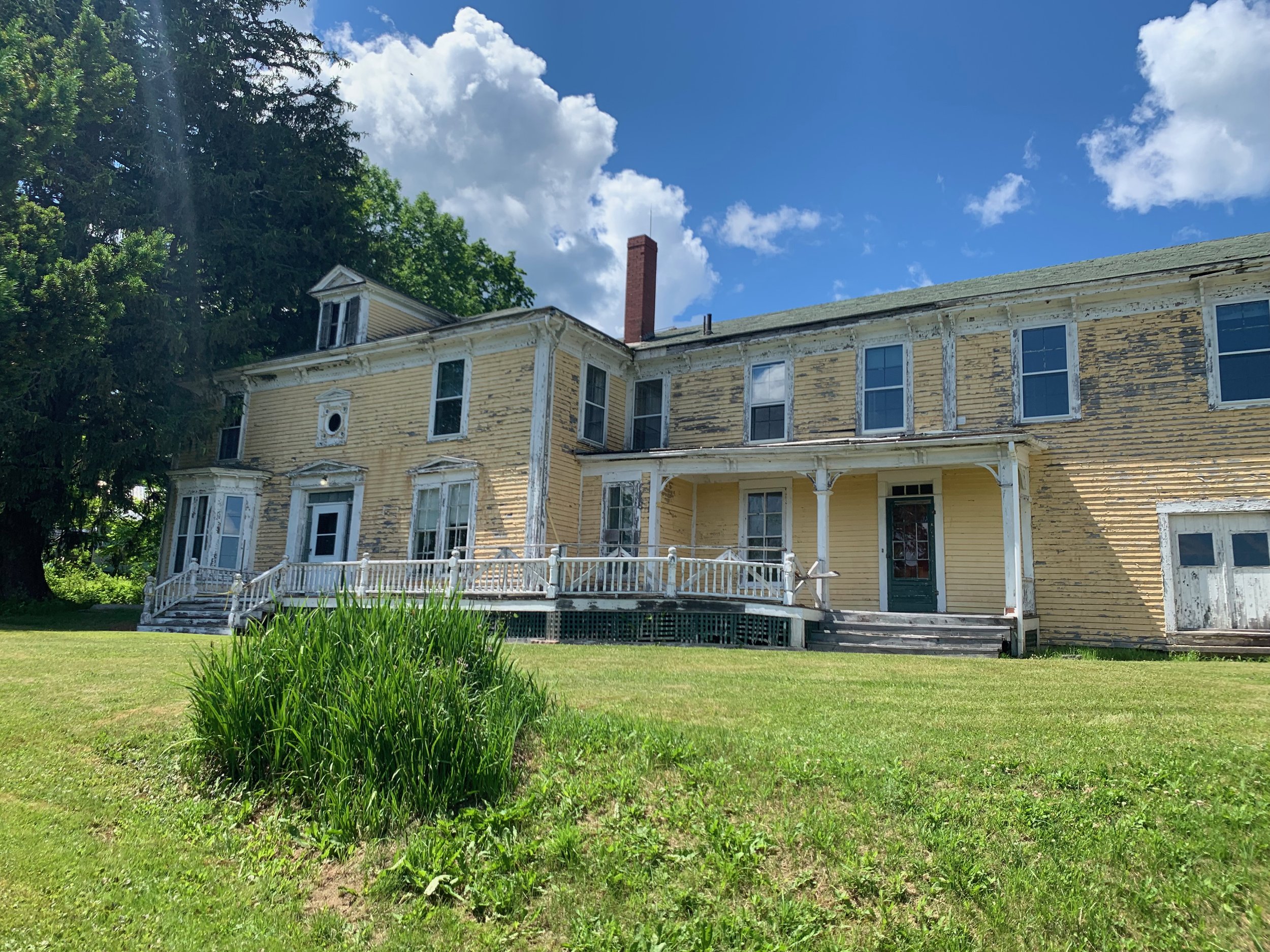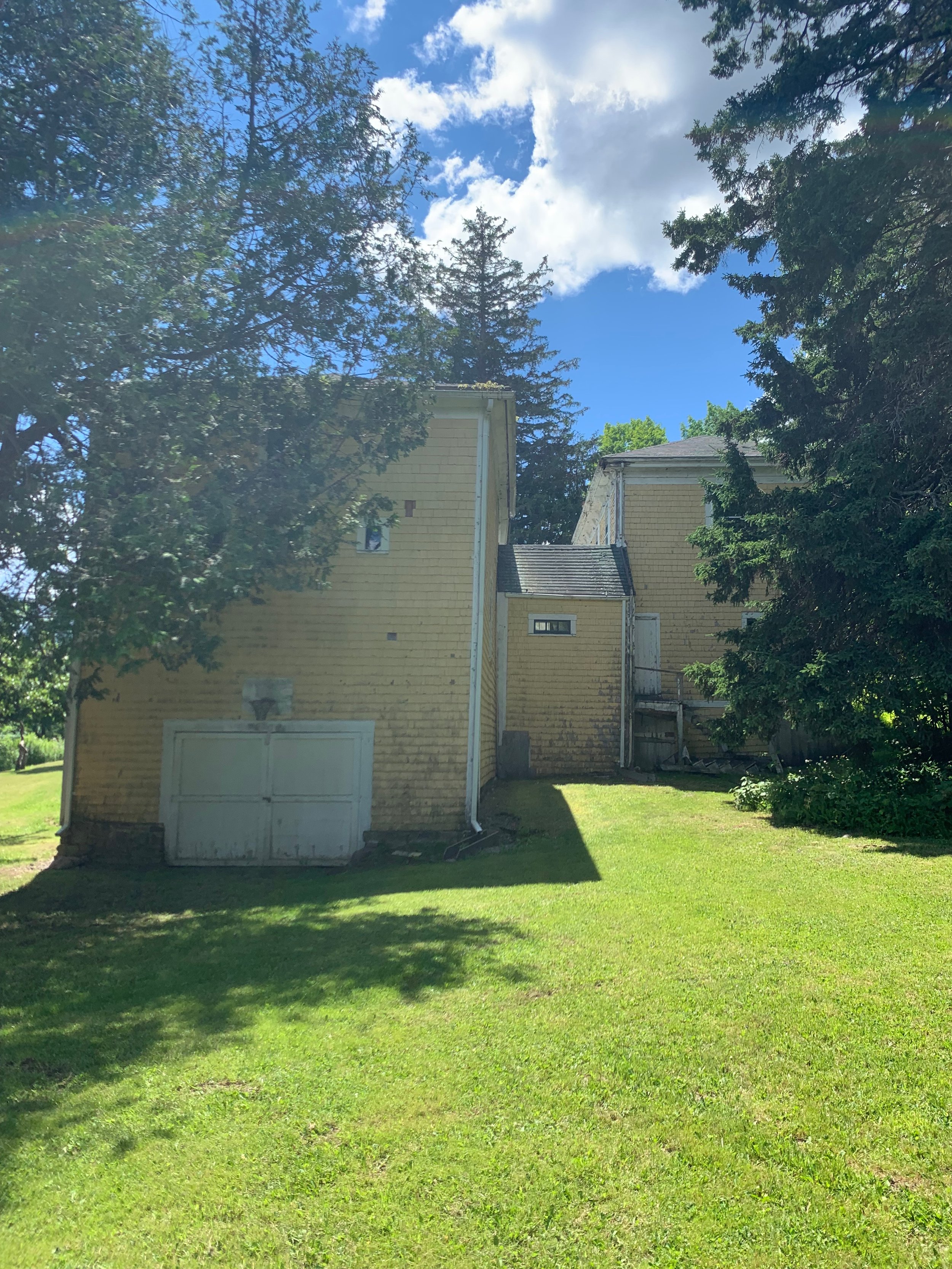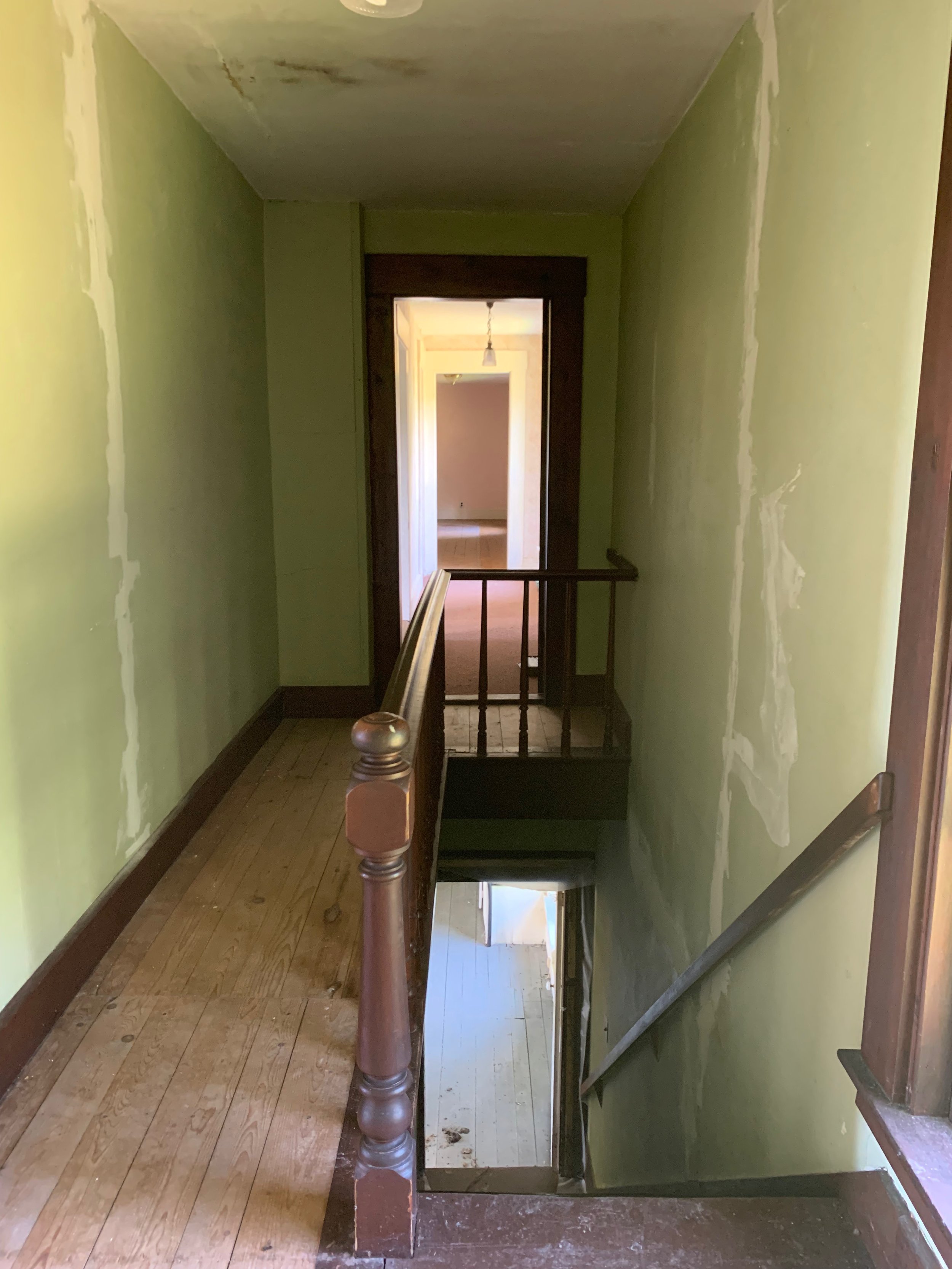McGlashan nickerson house IN PICTURE PERFECT DOWNEAST MAINE
The deadline has passed to submit a lease proposal. The final determination to lease the property is now in the hands of the National Park Service.
Thank you to all who expressed support and interest in saving the McGlashan Nickerson House! The following site history history and information about the leasing opportunity will be kept as a record of efforts to save the property.
LIVE YOUR OLD HOUSE DREAM OF REHABILITATING A HISTORIC HOME AND PRESERVING IRREPLACEBLE HISTORY…there’s just one catch!
The National Park Service is accepting long-term lease proposals for the historic McGlashan-Nickerson House situated near Red Beach in Calais, Maine. Here’s how it works: lease-holder occupies the house - whether as a private residence or commercial venture - in exchange for financing the long-term rehabilitation and stewardship of the house. The timeline is generous: you’ll have up to 60 years to lease and enjoy this historic gem.
The McGlashan-Nickerson property provides an exciting chance for a preservation-minded individual to create something truly unique. A little creativity and a lot of TLC could go a long way to rescue an imperiled Maine landmark!
The property’s potential abounds. Imagine it as a:
Private homestead
Community-oriented garden
Non-profit headquarters
Co-working space
Corporate retreat venue
Summer home
Bed & breakfast
Winter sports getaway










































































The House
The National Register-listed, Italianate-style house was built in 1883 for Scottish immigrant George G. McGlashan, who helped establish the Maine Red Granite Company in Red Beach, Calais. Justice Samuel H. Nickerson acquired the property in 1887 following McGlashan’s death.
The two-story, wood-frame house touts nearly 5,400 square feet of interior space, featuring three bedrooms on the second floor, three bonus bedrooms in the ell addition, and bathrooms on each floor with room for more. The first floor includes a front and rear parlor, dining room, and a pantry off the central hall. Italianate details such as heavily molded door and window surrounds, bracketed hoods, and four-panel doors embellish the space, along with two tiled fireplaces. A hall connects the front rooms to the rambling kitchen, which provides ample room for modern upgrades.
Explore the house virtually to discover its charm!
The attached 750-square-foot carriage barn features a large sliding exterior door, a second-story loading door, and three horse stalls. The basement is unfinished with a concrete floor and a locally sourced, cut-red-granite stone foundation.
The house sits on a 1.5 acre parcel with gravel access and a parking area.
The Area
The McGlashan Nickerson House is part of the St. Croix Island International Historic Site, a small unit of the National Park Service located along the banks of the scenic St. Croix River. The site is more a peaceful retreat than an attraction, receiving just 12,000 visitors annually, and part of the larger cultural heritage corridor shared with our Canadian neighbors. Along with easy access to the St. Croix River for boating, paddling, and fishing opportunities, the McGlashan-Nickerson House is proximate to Moosehorn National Wildlife Refuge, Downtown Eastport and Calais, and destinations across the border including Saint Andrews and Roosevelt Campobello International Park.
Now or Never
We have long-advocated for the National Park Service to rehabilitate the house and interpret the property as an important part of local history. The house was included in Maine Preservation’s Most Endangered Historic Places list in 2018 and now remains on borrowed time. If a new steward does not step up, this historic home--one of the few remaining links to the granite and plaster industries and its proprietors in the Red Beach community--will be lost.
Maine Preservation is dedicated to finding a path forward and our staff is ready to answer questions, brainstorm ideas, and troubleshoot challenges with people who have a committed interest in saving the McGlashan-Nickerson House. Depending on the prospective use, there may be opportunities for grant funding or historic rehabilitation tax credits.


